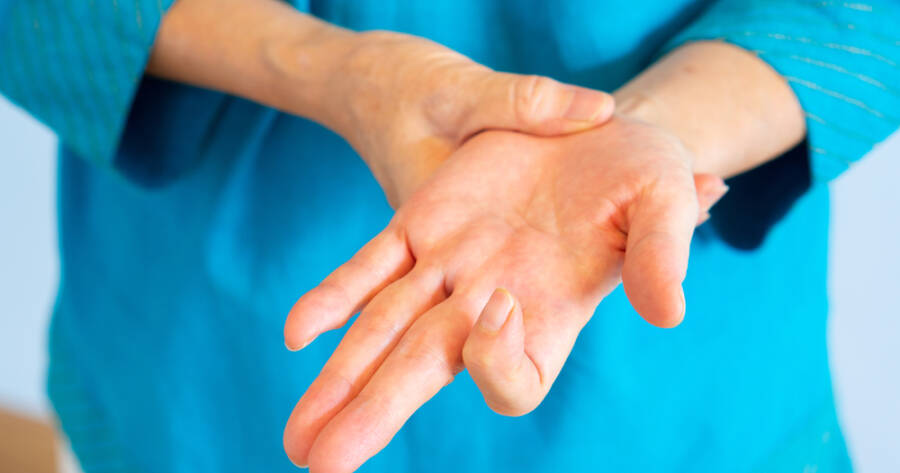Trigger finger affects the tendons in a finger, causing pain, stiffness, and a locking sensation when you bend and straighten the finger. Fortunately, you can learn everything you need to know about easing trigger finger pain with a search online.
Understanding the causes and symptoms of trigger finger is crucial for effective management and relief. Practicing specific exercises plays a key role in alleviating discomfort and restoring finger mobility.
What Is Trigger Finger?
Trigger finger, a common hand condition, occurs when a finger gets stuck in a bent position. It happens due to inflammation around the flexor tendons of your finger. These tendons normally glide smoothly as you bend and straighten your fingers, but in trigger finger, this movement is hindered. The condition can cause pain and even affect your hand’s functionality.
Trigger Finger Symptoms
Identifying trigger finger symptoms early can help in managing the condition effectively. The most noticeable symptom is a catching or locking sensation in the finger or thumb. You may also experience stiffness, especially in the morning, or feel a popping or clicking sensation when moving the affected finger. In more severe cases, the finger may become stuck in a bent position and might need gentle pressure to straighten.
Causes of Trigger Finger
The exact cause of trigger finger is not always clear, but several factors can increase the risk. Repetitive gripping actions are a major contributor, often affecting musicians, farmers, or industrial workers. Individuals with certain health conditions like diabetes and rheumatoid arthritis are also more susceptible. Understanding these causes is crucial in preventing and managing trigger finger.
Trigger Finger Exercises for Pain Relief
Here are exercises specifically designed for trigger finger that can play a pivotal role in alleviating symptoms and improving finger mobility. These gentle yet effective movements focus on reducing stiffness, increasing tendon flexibility, and strengthening the muscles in the hand.
1. Finger Lifts
This exercise helps increase flexibility and reduce stiffness. Start by placing your hand flat on a table. Slowly lift each finger, one at a time, and hold for a few seconds before lowering it. Repeat this process several times. It’s a gentle way to encourage movement without straining the tendons.
2. Thumb-Finger Touch
This exercise aims to improve the range of motion. Touch your thumb to each fingertip, making an O shape. Do this gently and without forcing the movement. It’s a simple yet effective method among trigger finger exercises to maintain finger mobility.
3. Palm Stretch
Stretching the palm can alleviate tension in the fingers. Place your hand palm-down on a flat surface. Gently press down, stretching the fingers and palm. Keep your wrist straight to maximize the stretch. This exercise can be particularly soothing and is a fundamental component of trigger finger exercises.
4. Finger Spread
This exercise enhances finger flexibility. Hold your hand up, fingers together. Slowly spread your fingers apart, then bring them back together. Ensure the movement is slow and controlled. Regular practice of this exercise can significantly ease the symptoms of trigger finger.
5. Finger Bends
Start with your fingers straight, then bend them at each joint, forming a claw-like shape. Hold this position for a few seconds before straightening your fingers. This exercise strengthens the muscles and increases tendon flexibility, making it a valuable part of trigger finger exercises.
When To See a Doctor
If you experience persistent pain or discomfort that doesn’t improve with home exercises, you may want to consult a doctor. Should symptoms like swelling, stiffness, or locking worsen, it could signal that the condition is progressing. It’s also important to seek medical attention if trigger finger symptoms significantly impact your quality of life or if there are recurring symptoms after initial improvement.
Trigger Finger Surgery
In more severe cases of trigger finger, surgery becomes a viable option. The procedure, known as trigger finger release, aims to alleviate the constriction of tendons by carefully cutting the sheath that surrounds the affected tendon. This allows the tendon to glide more freely and resolves the locking sensation. The surgery is typically a straightforward, outpatient procedure with a high success rate and minimal recovery time.
Preventing Trigger Finger
Preventing trigger finger involves adopting strategies that reduce strain on the fingers, especially for individuals in high-risk groups. Making ergonomic adjustments to tasks that require repetitive gripping or forceful hand use is essential. This includes using tools that minimize hand strain and taking regular breaks during activities with repetitive hand movements.
Final Thoughts
Trigger finger can be a painful and frustrating condition, but with the right approach, it’s manageable. Incorporating these trigger finger exercises into your daily routine can make a significant difference. Remember, consistency is key in achieving the best results. If your symptoms persist or worsen, it’s advisable to consult a healthcare professional for further guidance. Remember, taking action today can lead to a more comfortable and pain-free tomorrow.
